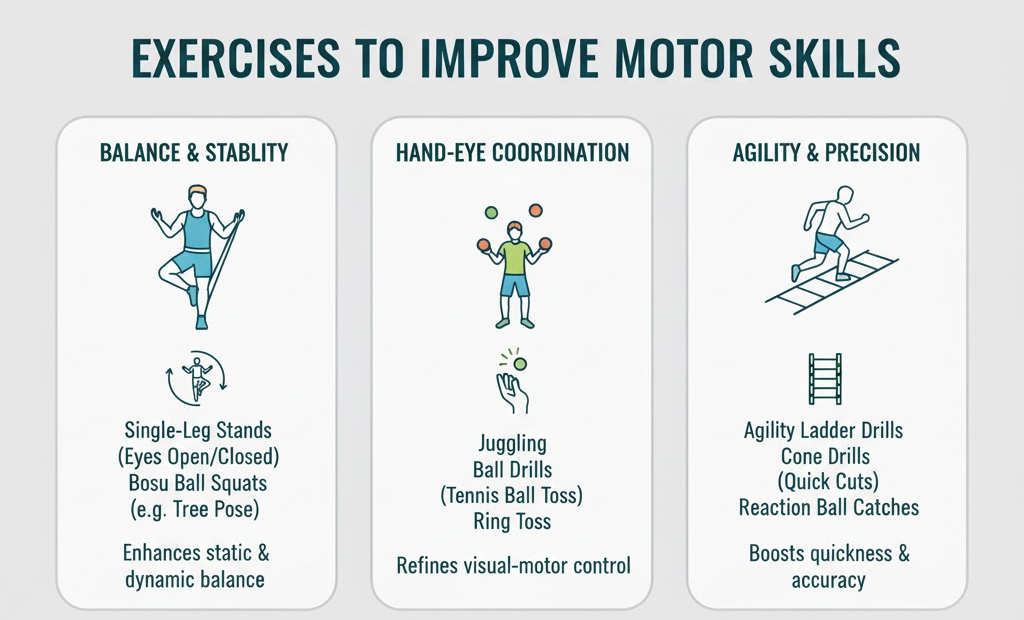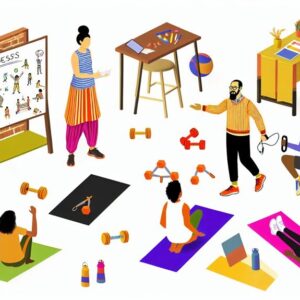Contents
- Understanding Motor Skills in Adults
- The Science Behind Motor Skill Improvement
- Categories of Motor Skill Exercises
- 1. Balance and Stability Exercises
- 2. Coordination and Agility Drills
- 3. Reaction Time and Cognitive Training
- 4. Fine Motor Skill Exercises for Adults
- 5. Complex Motor Pattern Training
- 6. Functional and Sport-Specific Motor Training
- Programming Motor Skill Training for Adults and Athletes
- Benefits of Motor Skill Training for Adults
- Conclusion
- References
When people think about fitness, they often focus on strength, endurance, and body composition. But underlying every physical movement—from a simple walk to a complex Olympic lift—is a web of motor skills. These skills govern how efficiently your body coordinates muscles, senses, and brain signals to execute precise and powerful movements.
In childhood, motor skills develop naturally through play. However, as adults, many lose fine coordination, balance, and movement control due to sedentary lifestyles or repetitive exercise routines that lack skill variability. For athletes, refining motor skills separates average performance from elite execution—enhancing agility, reaction time, and energy efficiency.
This guide explores evidence-based exercises to improve motor skills in both adults and athletes, explaining how coordination, balance, and neuromuscular control can be trained just like strength or endurance.
Understanding Motor Skills in Adults
Motor skills refer to the ability of the nervous system and muscles to work together to produce efficient and accurate movement. They can be categorized as:
- Gross motor skills – large movements involving major muscle groups (e.g., running, jumping, lifting).
- Fine motor skills – precise actions involving smaller muscles (e.g., grip control, hand-eye coordination).
In adults, motor skills often decline due to aging, injury, or repetitive movement patterns. Fortunately, the human brain remains neuroplastic—capable of learning and refining movement through consistent, intentional practice.
For athletes, this means motor skill training can improve technical execution, movement economy, and reaction speed, leading to measurable performance gains. For non-athletes, it enhances balance, mobility, and independence in daily life.
The Science Behind Motor Skill Improvement
Motor learning and skill development depend on several interrelated systems:
- Neuromuscular Coordination: The ability of your brain to efficiently recruit and synchronize muscle fibers for smooth, controlled movement.
- Proprioception: Your body’s ability to sense position and movement—essential for balance and control.
- Reaction Time: The speed at which your nervous system processes stimuli and initiates action.
- Adaptation: Through repetition and variation, your nervous system refines movement patterns for efficiency and precision.
Scientific studies show that motor skill training enhances cortical activation and neural connectivity, leading to improvements in balance, coordination, and even cognitive performance (Voelcker-Rehage & Niemann, 2013).
Categories of Motor Skill Exercises
To effectively improve motor skills, training should include multiple components:
| Focus Area | Primary Benefit | Example Exercises |
|---|---|---|
| Balance & Stability | Improves control and proprioception | Single-leg stance, stability ball drills |
| Coordination & Agility | Enhances dynamic control and body awareness | Ladder drills, cone shuffles |
| Reaction & Cognitive Training | Sharpens reflexes and brain-muscle connection | Reaction lights, partner cues |
| Fine Motor Control | Improves precision and dexterity | Grip drills, hand-eye coordination |
| Complex Motor Patterns | Boosts multi-joint coordination and adaptability | Kettlebell flows, martial arts drills |
Each type of training targets a unique aspect of neuromuscular efficiency, making it ideal to combine several forms for a complete motor skill routine.
1. Balance and Stability Exercises
Balance forms the foundation of all motor control. Without stable posture, movement precision suffers. Improving balance strengthens the core, ankles, and proprioceptive sensors in muscles and joints.
A. Single-Leg Balance with Movement
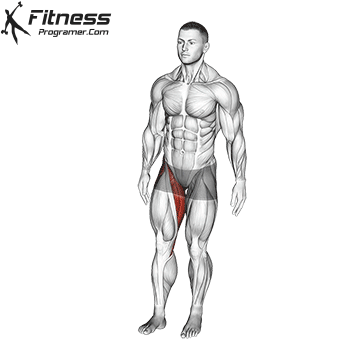
- How: Stand on one leg, keeping your core tight. Extend your free leg forward, to the side, and backward while maintaining balance.
- Progression: Perform with eyes closed or on an unstable surface like a BOSU ball.
- Benefits: Enhances proprioception, ankle stability, and neuromuscular coordination.
B. Stability Ball Rollouts
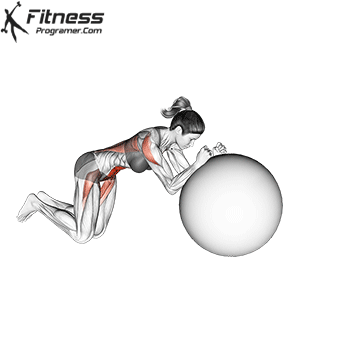
- How: Kneel with forearms on a stability ball and roll forward, keeping your spine neutral.
- Why: Strengthens the deep core muscles critical for posture and control.
C. Single-Leg Deadlift (RDL)
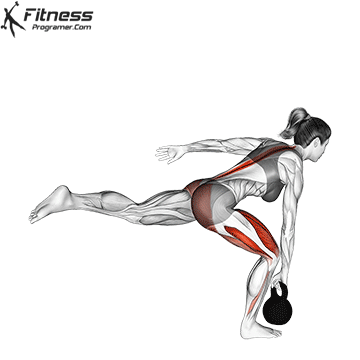
- How: Holding a light weight, hinge forward on one leg while keeping the back flat and extending the other leg behind.
- Benefit: Builds dynamic balance and posterior chain strength while reinforcing hip control.
D. Slackline or Balance Beam Walk
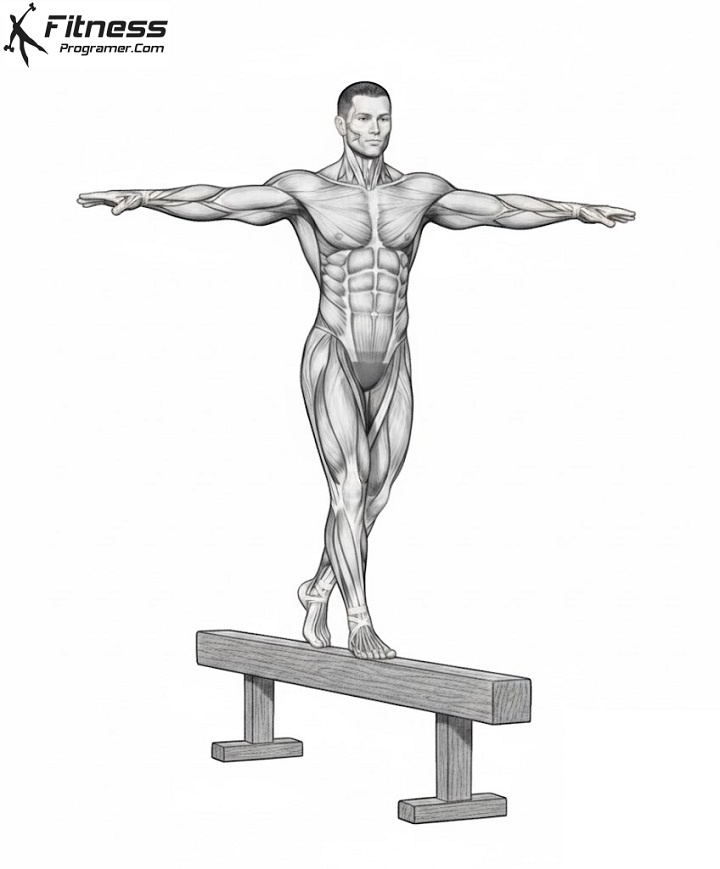
- Why: Training on narrow surfaces increases proprioceptive challenge, improving ankle and hip coordination.
2. Coordination and Agility Drills
Coordination combines multiple movements into seamless, efficient action. Agility adds speed and direction changes, crucial for athletic performance.
A. Agility Ladder Drills
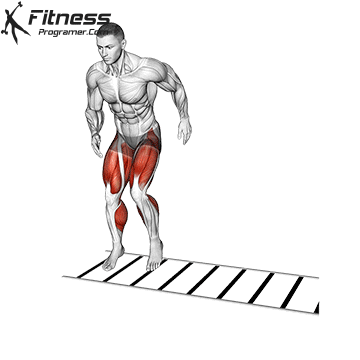
- Examples: High knees, in-and-out hops, lateral shuffle steps.
- Tips: Focus on rhythm and foot placement, not just speed.
- Benefit: Improves foot-eye coordination and reactive footwork.
B. Cone Drills (T-Drill or Zigzag Drill)
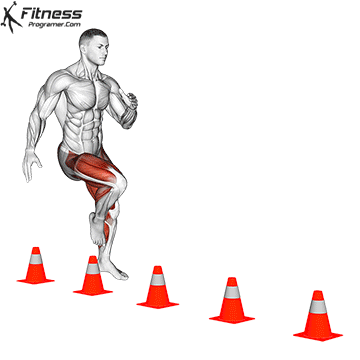
- How: Set cones in a T or zigzag shape and move quickly through them using side steps and pivots.
- Why: Trains change of direction and spatial awareness—vital for sports like soccer and basketball.
C. Cross-Body Movements
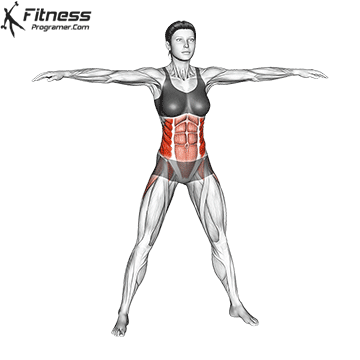
- Exercises: Alternating toe touches, cross-crawls, dead bug, medicine ball chops.
- Benefit: Enhances interhemispheric communication between brain hemispheres, improving coordination and rhythm.
D. Jump Rope Variations
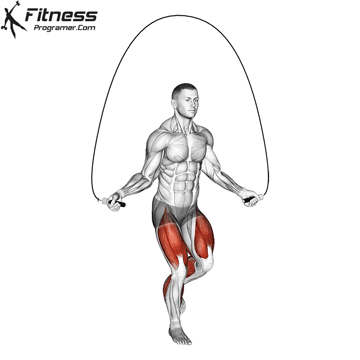
- Single-leg jumps, double unders, alternating feet.
- Why: Great for timing, rhythm, and lower limb coordination.
3. Reaction Time and Cognitive Training
Reaction time determines how quickly you can perceive a stimulus and initiate a movement. This is especially critical in combat sports, ball games, and functional performance.
A. Light or Sound Reaction Drills
- How: Use a reaction light system (like BlazePod) or a partner’s verbal/visual cue. React with sprints, jumps, or catches.
- Example: Partner drops a ball without warning—catch it before it bounces twice.
- Why: Improves sensory processing and decision-making speed.
B. Mirror Drill (Partner Reaction)
- How: One person leads, performing quick lateral or forward movements while the partner mirrors them.
- Benefit: Develops reactive agility and anticipatory control.
C. Dual-Task Training
- How: Combine motor and cognitive tasks (e.g., dribble a basketball while reciting alternating numbers).
- Why: Strengthens executive function and real-world reaction ability.
D. Randomized Sport-Specific Cues
- How: For example, a tennis player reacts to random colored lights corresponding to different stroke types.
- Benefit: Enhances neural adaptability for unpredictable game conditions.
4. Fine Motor Skill Exercises for Adults
While often associated with childhood, fine motor skills play a huge role in precision, grip control, and dexterity—vital in sports and manual activities.
A. Hand-Grip Coordination Drills
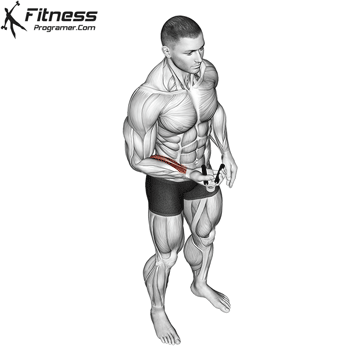
- Use a grip trainer, or squeeze a soft ball with alternating hand rhythms.
- In sports, practice alternating between heavy grip and relaxed control (e.g., racket or barbell).
B. Ball Toss-and-Catch with Small Objects
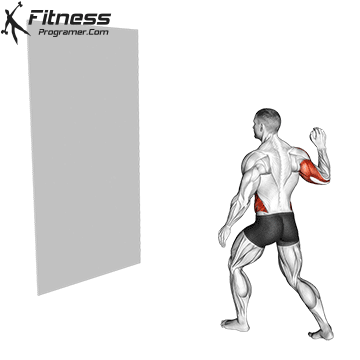
- How: Toss and catch a tennis ball with one hand or off a wall at different angles.
- Why: Improves hand-eye coordination and spatial tracking.
C. Finger Dexterity Exercises
- Examples: Piano exercises, finger taps on a flat surface, or manipulating therapy putty.
- Purpose: Refines neural pathways for precision tasks and athletic grip transitions.
D. Writing or Drawing Patterns
- How: Trace geometric patterns or write with non-dominant hand.
- Why: Builds bilateral coordination and neural adaptability.
5. Complex Motor Pattern Training
These exercises integrate multiple planes of motion, joints, and muscle groups—enhancing full-body coordination, control, and athleticism.
A. Kettlebell Flows
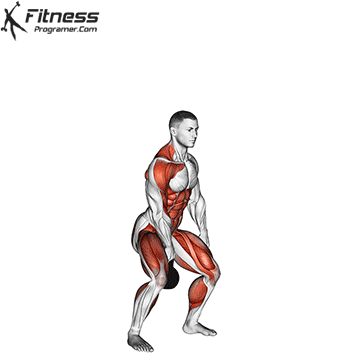
- Example: Combine clean → press → reverse lunge → swing.
- Benefit: Builds sequencing skill and full-body timing.
B. Medicine Ball Rotational Throws
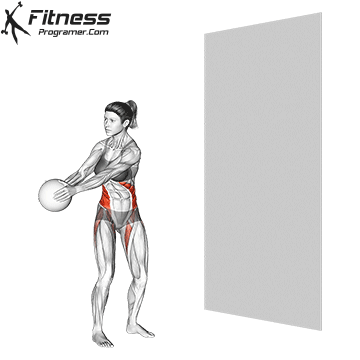
- How: Perform side throws against a wall with focus on hip-shoulder rotation.
- Why: Trains coordination, power transfer, and proprioception.
C. Dance or Martial Arts Patterns
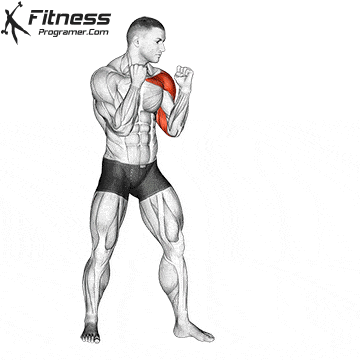
- Examples: Boxing drills, Capoeira sequences, or choreographed dance moves.
- Benefit: Requires rhythm, timing, and reactive control—enhancing motor learning adaptability.
D. Olympic Weightlifting Technique Drills
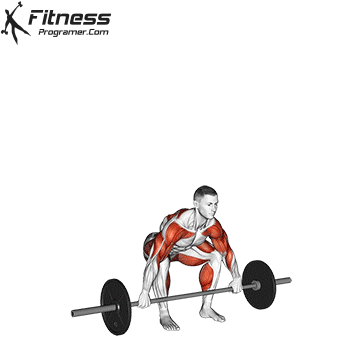
- Focus: Practice snatch or clean movements with light loads.
- Why: High-skill lifts demand motor precision, balance, and intermuscular coordination.
E. Unilateral Loaded Carries
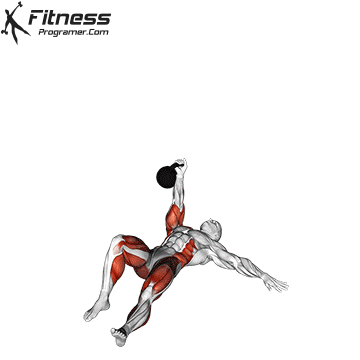
- Examples: Turkish get-up, offset farmer’s walks, or suitcase carries.
- Benefit: Challenges core stability, grip strength, and dynamic balance while under asymmetrical load. They demand constant, subtle adjustments, improving proprioception and coordination under stress.
6. Functional and Sport-Specific Motor Training
Motor skills improve most effectively when trained in context. Integrating them into functional or sport-specific settings ensures better transfer to real performance.
A. Circuit-Based Coordination Training
- Combine jumping, balance, agility, and reaction tasks in one circuit.
- Example: Ladder hops → balance hold → medicine ball catch → sprint start.
B. Reaction-Based Strength Training
- Example: Partner drop squat—react to a visual cue by squatting explosively.
- Adds unpredictability to strength training, improving neural response time.
C. Multi-Directional Movement Drills
- Use cones or resistance bands to create random directional patterns.
- Improves adaptability in unpredictable sports settings.
D. Vision Training
- How: Track fast-moving targets, use focus shifting drills (near-far focus), or play reaction-based video games.
- Benefit: Enhances peripheral awareness and cognitive speed.
Programming Motor Skill Training for Adults and Athletes
For optimal results, motor skill drills should be incorporated 2–4 times per week, ideally before heavy strength or endurance work when the nervous system is fresh.
General Guidelines:
- Warm-Up Phase: Start with basic balance and coordination drills.
- Skill Block (15–20 minutes): Focus on one or two motor skills—reaction, coordination, or balance.
- Cool-Down Integration: Use fine motor or mind-body drills (like yoga balance poses).
Example Weekly Template:
| Day | Focus | Example Activities |
|---|---|---|
| Monday | Balance + Coordination | Single-leg RDL, Ladder drills, Slackline |
| Tuesday | Reaction + Agility | Light cues, Cone drills, Partner mirror |
| Thursday | Complex Patterns | Kettlebell flows, Rotational throws |
| Saturday | Fine Motor + Recovery | Grip drills, Balance yoga, Precision tasks |
Benefits of Motor Skill Training for Adults
- Enhanced movement efficiency – Less wasted energy during tasks or workouts.
- Improved injury resilience – Stronger neuromuscular control reduces strain.
- Better brain health – Motor learning increases gray matter density and neuroplasticity.
- Superior athletic performance – Faster reaction time and coordination enhance sport output.
- Lifelong functionality – Maintains independence and balance as we age.
Conclusion
Motor skills form the invisible thread connecting the brain and the body. For adults and athletes alike, improving these skills leads to better coordination, faster reactions, sharper focus, and reduced injury risk.
While strength and endurance build capacity, motor skills build control—the ability to direct that capacity precisely and effectively. Whether you’re a competitive athlete, a recreational mover, or simply someone seeking better physical balance and fluidity, incorporating coordination drills, balance exercises, and reaction training into your routine will transform the way you move and perform.
References
- Schmidt, R. A., & Lee, T. D. (2019). Motor Learning and Performance: From Principles to Application (6th ed.). Human Kinetics.
- Voelcker-Rehage, C., & Niemann, C. (2013). Structural and functional brain changes related to different types of physical activity across the life span. Neuroscience & Biobehavioral Reviews, 37(9), 2268–2295.
- Haywood, K. M., & Getchell, N. (2020). Life Span Motor Development (7th ed.). Human Kinetics.
- Gallahue, D. L., & Ozmun, J. C. (2006). Understanding Motor Development: Infants, Children, Adolescents, Adults. McGraw-Hill.
- Barnett, L. M., et al. (2016). Childhood motor skill proficiency as a predictor of adolescent physical activity. Journal of Science and Medicine in Sport, 19(3), 267–272.
- Cignetti, F., et al. (2018). Brain and motor skill learning: The neural substrates of motor learning revisited. Frontiers in Human Neuroscience, 12, 436.
- Payne, V. G., & Isaacs, L. D. (2017). Human Motor Development: A Lifespan Approach (9th ed.). Routledge.
- Adkins, D. L., Boychuk, J., Remple, M. S., & Kleim, J. A. (2006). Motor training induces experience-specific patterns of plasticity across motor cortex and spinal cord. Journal of Applied Physiology, 101(6), 1776–1782.

